Leaching Trench Field
Overview
Leaching trenches are the oldest form of existing practices for discharging wastewater to the soil. Standard leaching trenches use gravity to discharge the wastewater into a series of lines of perforated pipe embedded in gravel.
Septic Tanks Overview
The function of septic tanks in septic systems are to hold back the solid wastes and move on the wastewater. These are normally concrete tanks in the ground which may or may not contain separated compartments. Septic tanks are often crucial part in a septic design. Septic system designs often site septic tanks based first on the local concrete manufacturer. Often times, the capacity of the septic tank sited is dependent on which manufacturer is used. Some manufacturers have longer wait times to manufacturer specific septic tank capacities.

Some septic tanks are made of alternate materials other than concrete, including polyethylene or fiberglass. Some benefits to utilizing these alternate materials is that they are lightweight and can be carried easier with a chain and a small excavator machine. Some septic tanks are so lightweight they can be lifted with several people.
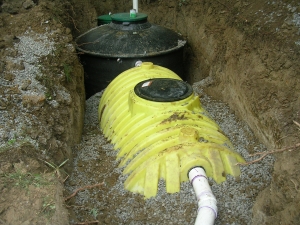
The water from septic tanks is sometimes called septic effluent. The term septic itself means without oxygen and septic effluent is composed mostly of bacteria and human feces. It is a highly contaminated liquid and human contact is dangerous. Septic tank effluent contains particles of sewage of size 1/16 to 3/16 inch in diameter. The waste strength is measure in Biological Oxygen Demand or BOD.

The function of septic tanks in septic systems are to hold back the solid wastes and move on the wastewater.
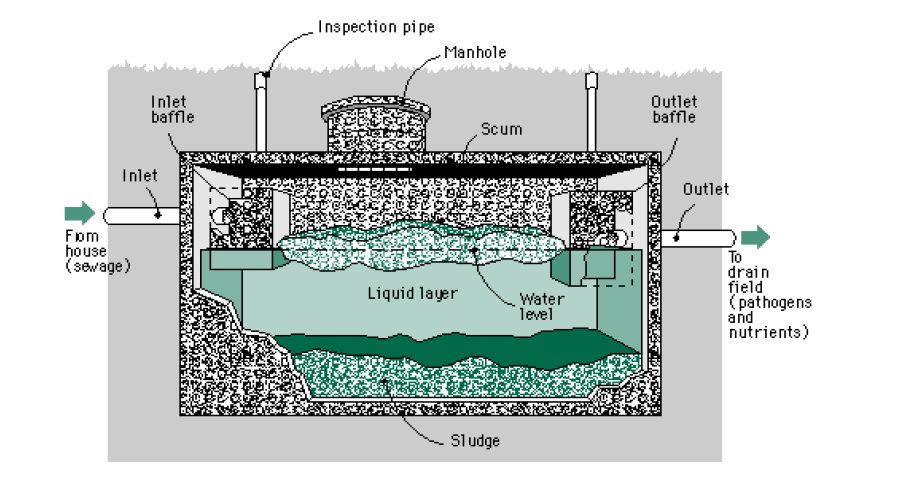
Options for Leaching Trench Field Installation
Gravelless Chambers/Products
More and more residential wastewater products are hitting the market that are some form of gravelless product. A gravelless product is alternative to gravel and has its benefits.
Gravel can be substituted with gravelless chambers or engineered gravelless pipe. The main function of the gravel is to create void space and allow for the distribution of the wastewater. The chambers function is to similarly create void space allowing for wastewater to discharge.
Gravelless products eliminate the need for using gravel. Gravelless products can make installation quicker and are also convenient for difficult sites such as steep slopes which make hauling gravel difficult. Many states offer a reduction percentage in the sizing of the leaching area with the use of approved gravelless products.

Gravel Trenches
Gravel is inexpensive and readily available. It is the common media choice for distributing wastewater to trenches.
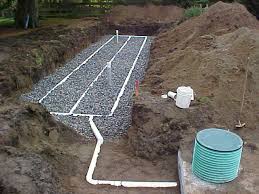
Options for Distribution
Sequential Distribution
Sequential distribution in leaching trenches works by first filling up the first trench and then on to the next trench in the sequence. This configuration results in one distribution box per leaching trench.
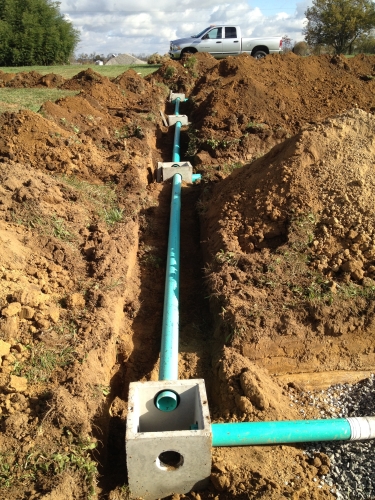
This is a good option if you are on a sloping site with some fall.
Parallel Distribution
Parallel distribution in leaching trenches works by first filling up a distribution box which is meant to distribute the water evenly between all trenches in the system.

This is a good option if the area you are distributing to is flat.
Labor of Septic System Installation
Any new installation of a septic system requires planning, installation, and regulatory oversight.
Planners

Regulators
Septic systems, because they can pose health risks when not installed or function properly, by law must have regulatory agencies, commonly your local public health department oversee the design and installation. The regulators often will require a fee through the cost of permit and or site review and multiple visits to the property.

Installation Contractors
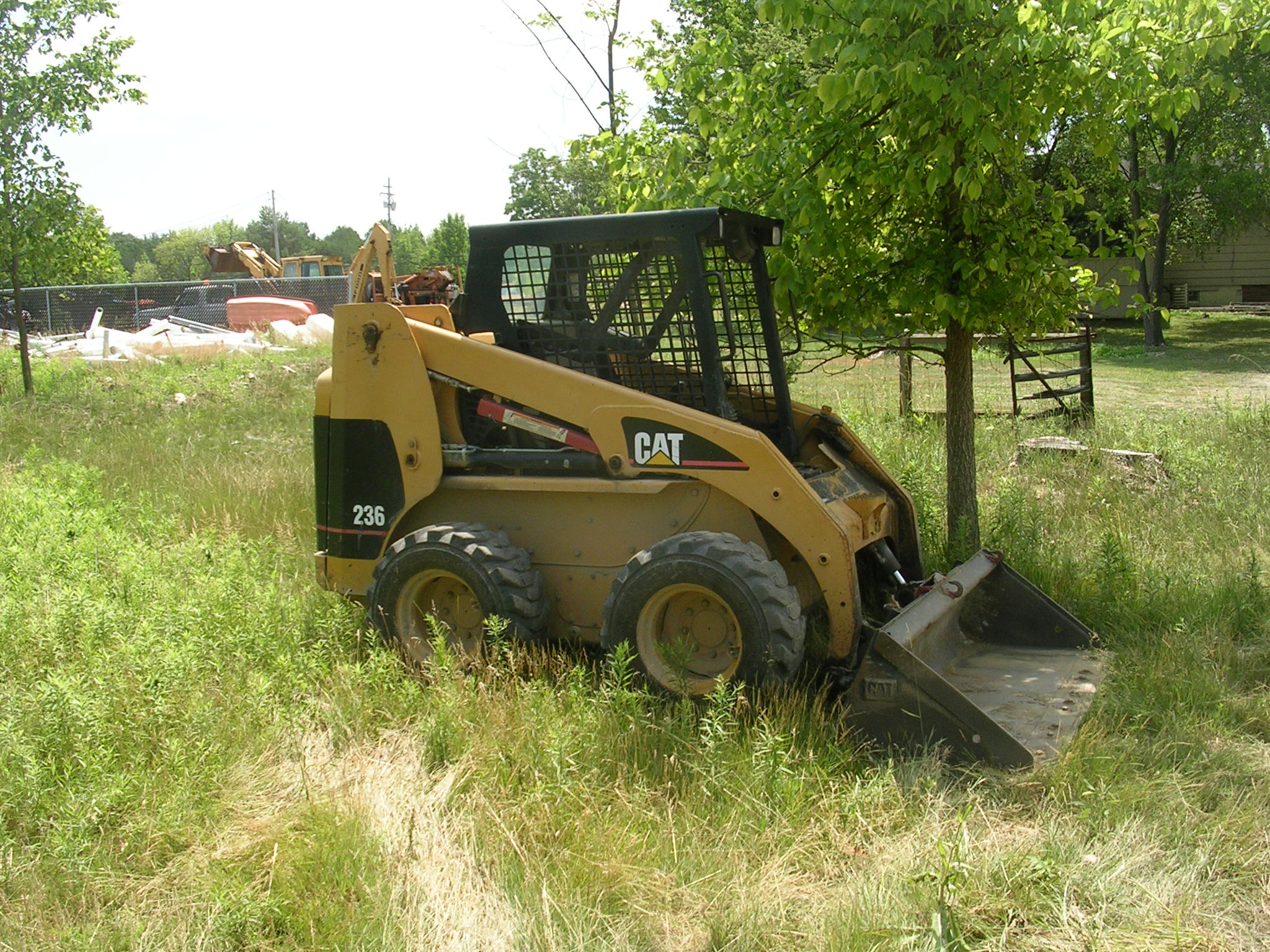
Service Contractors
Septic systems require periodic maintenance...some much more than others. A general method of determining the maintenance required is to count up all the mechanical components of a system. The septic tank to Sand Pressure Mound has one mechanical component...the pump system. The Spray Distribution System has 3 mechanical components depending on the type of pretreatment system used...the aeration motor, the ultraviolet light, the pump system. Each mechanical component is wired to an alarm and when it fails, triggers the alarm.